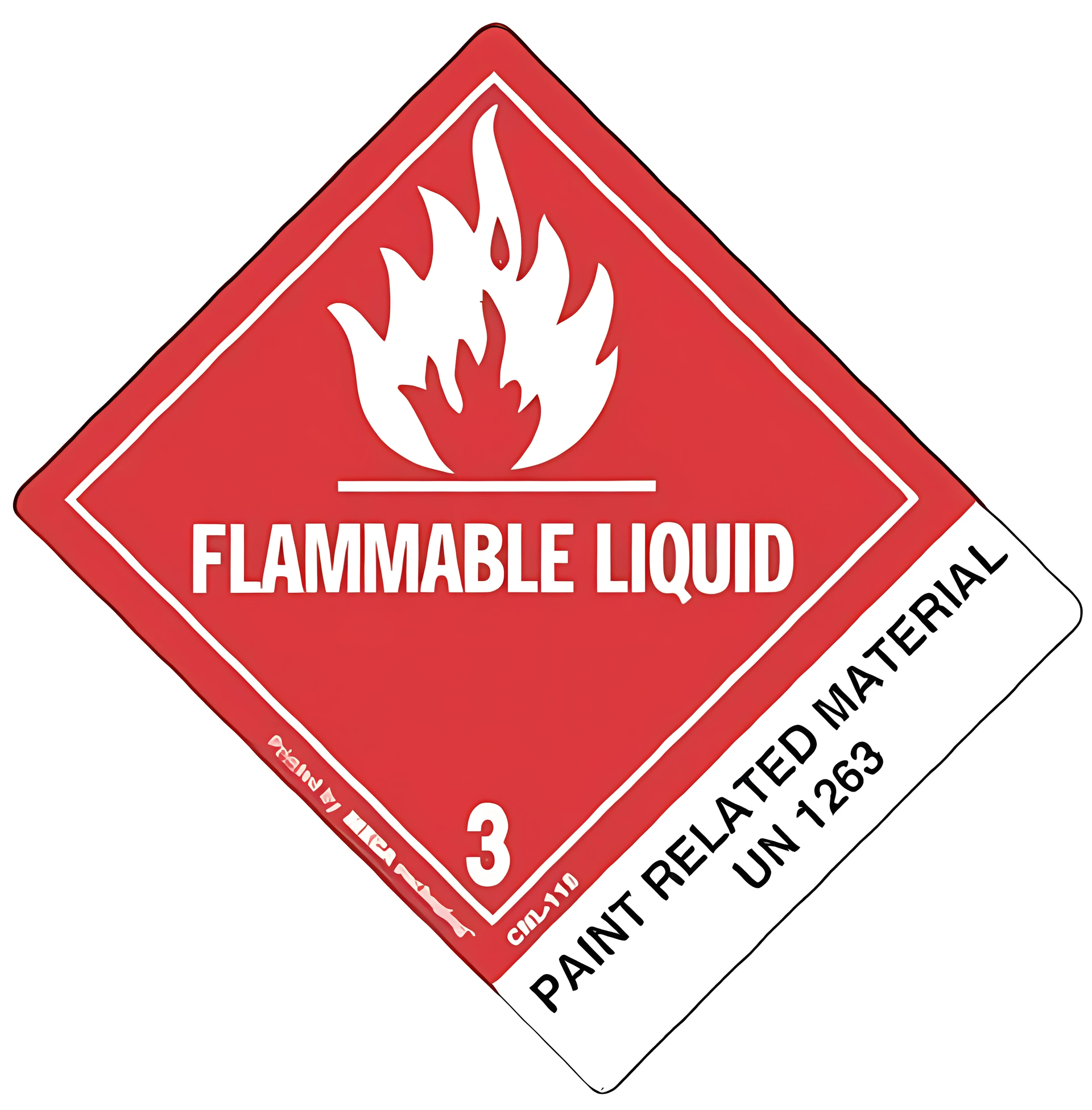Hand Sanitizer Disposal:
Hand sanitizer is something most businesses have on hand and since Covid it’s a growing problem. If your business uses hand sanitizer, there will likely come a point when you need to get rid of expired material. After it expires, it loses most of its effectiveness and should be safely and correctly disposed of. Unfortunately, disposing of hand sanitizer isn’t as simple as tossing it in the trash can.
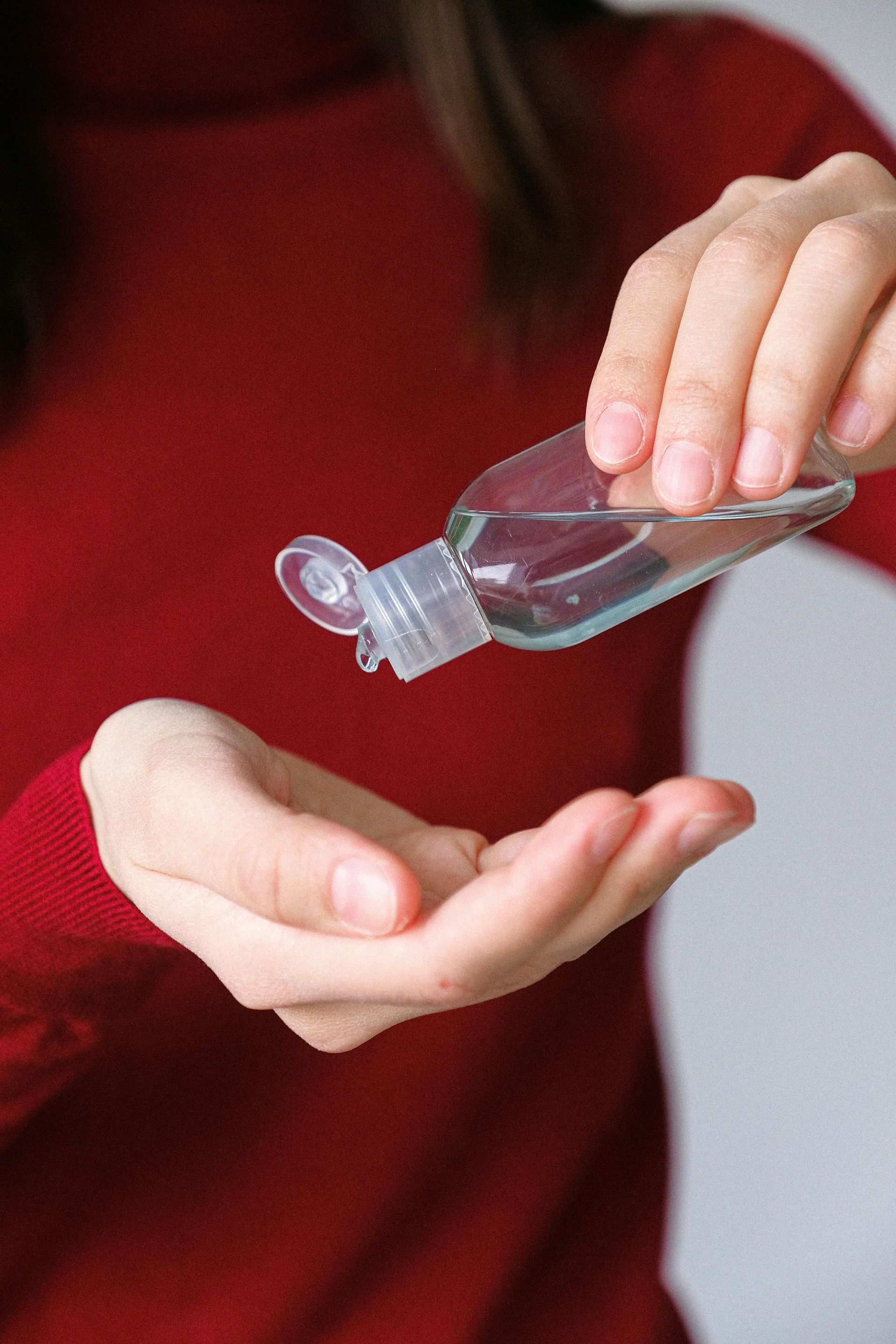
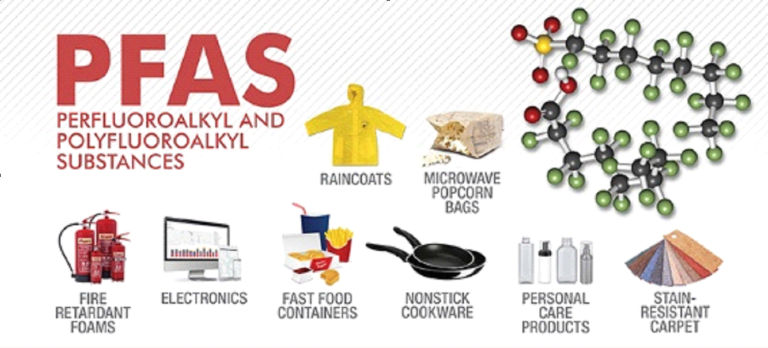
PFAS & AFFF Disposal
- PFAS, which stands for Per- and polyfluoroalkyl substances, are a group of man-made chemicals that have been widely used in various industrial and consumer products, such as heat resistance and non-stick properties used in non-stick cookware and firefighting foam (AFFF).
- The method for disposing of PFAS is Incineration. This method involves burning the waste at high temperatures, which breaks down the PFAS into less harmful substances.
- ⦁ Aqueous film-forming foam (AFFF) is a firefighting foam that contains PFAS, which has been found to be toxic.
- Federal, state, and local regulations regulate the disposal of AFFF. Depending on the concentration of PFAS in the AFFF, it may be classified as hazardous waste, which requires special handling and disposal procedures.
- One method for disposing of AFFF is Incineration. This method involves burning the AFFF at high temperatures, which breaks down the PFAS into less harmful substances.
Nonhazardous Waste Disposal
Between hazardous and nonhazardous waste, the nonhazardous sort generally has less stringent disposal requirements. With that said, not all nonhazardous waste can simply be thrown away and moved into sanitary landfills; the Resource Conservation and Recovery Act (RCRA) classifies certain nonhazardous solid & liquid wastes as “regulated nonhazardous” that must be disposed of following a predetermined process. These regulated non-hazardous wastes are usually things that can cause air and water pollution if not disposed of properly in a designated nonhazardous waste facility.
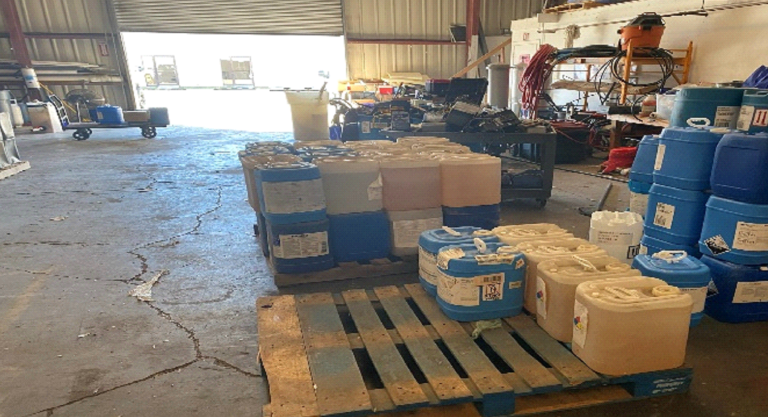
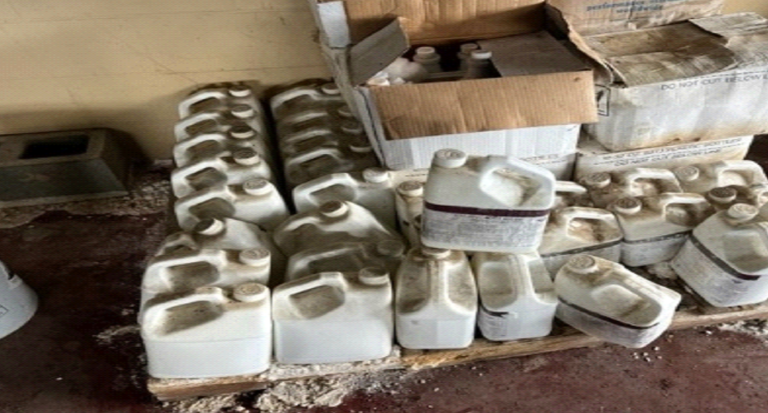
Off-Spec & Outdated Product Destruction Services
Sometimes products are recalled, they expire, they do not meet safety and quality standards, get damaged in transit, or they need to be removed from the market for some other reason. Although many businesses try to recycle their off-spec and outdated goods, there are some instances in which the products must be destroyed entirely and calls for proper disposal must be followed.
Acidic and Caustic | Solid Liquid | Waste Disposal
- Acidic and caustic waste materials will usually fall into the category of Characteristic hazardous waste due to their corrosive nature. “Corrosives” are defined by their ability to chemically destroy the material(s) that they come into contact with, which makes them especially hazardous for human exposure. Their damage can be immediate.
- To be considered a hazardous waste, acidic wastes must have a pH less than or equal to two, while caustic (basic) wastes must have a pH greater than or equal to 12.5.
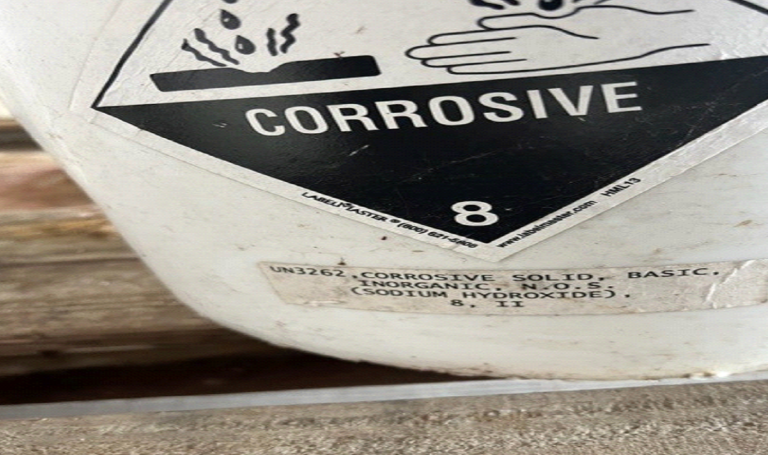

Universal Waste | Electronic | Management Service
Electronic waste, otherwise known as e-waste or e-scrap, can be any kind of electronic product that is intended for disposal. E-waste can include things like TVs, computers, cellphones, appliances, and even refrigerators. Some items like smoke detectors are technically e-waste, but they may have their own disposal category that is more specific.
Pharmaceutical Waste Disposal Service
Pharmaceutical waste is any pharmaceutical material that the medical facility no longer requires. Usually, pharmaceutical waste includes things like expired samples and expired medications. If improper pharmaceutical waste disposal occurs, there are numerous consequences for both public safety and the offending business
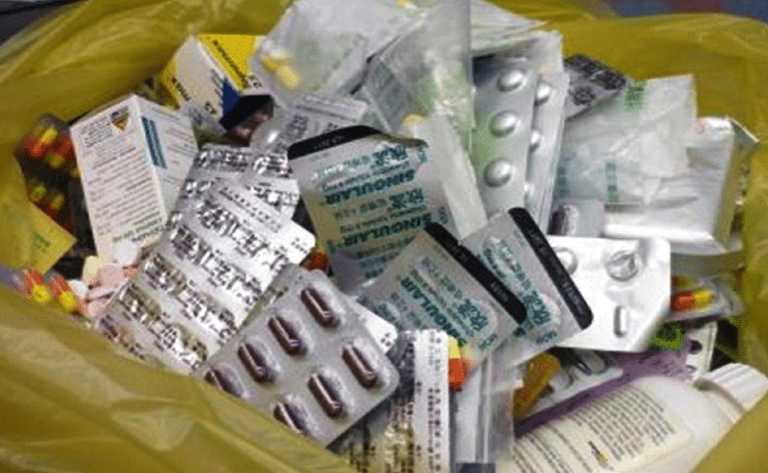
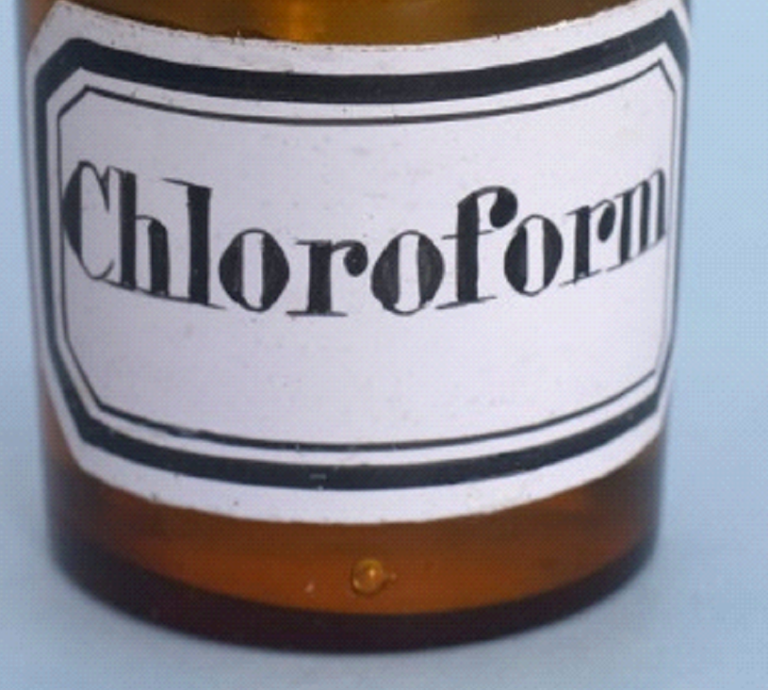
Toxic Waste Disposal Service
If a waste is “toxic,” this means that it is harmful when someone or something ingests or absorbs it. Aside from direct contact with this type of waste, the main concern with toxic substances is that they will contaminate groundwater. Common items are Lead, Arsenic, Barium, Chloroform.
Fuel-Blending Services
Fuel blending is a form of recycling for solvent-based liquids, sludges, and solids. Instead of incinerating solvent–based material, it is mixed with other solvent-based waste materials in a fuel–blending services to create a fuel that can be burned in cement kilns to manufacture cement.
http://www.southlakeenvironmental.com

